The image of the dragon plays an important role in East Asian culture and has a strong influence on Vietnamese traditional martial arts. According to martial artist Tran Viet, Head of Dong Do Viet Vo Quyen, Chief of Office of the Vietnam Traditional Martial Arts Federation, the dragon in martial arts often symbolizes charisma.
In the martial arts exercises of many schools, there are often five forms of boxing based on five main animals: dragon, tiger, crane, leopard, and snake. In which, the dragon boxing exercises are for spiritual training.
In traditional martial arts, kicks are often associated with the word “dragon”. For example, a horizontal kick is called “ban long cuoc”, a kick from below is called “phi long cuoc” or “thang long cuoc”, a kick from above is called “giang long cuoc”, and a kick to the back is called “o long bai vi” (black dragon waving its tail). From the dragon’s claws, martial artists have created claw moves for the hands, commonly called long claws.
In weapons, there are many types associated with movements and expressions according to folk imagination about dragons. In particular, the image of dragons appears a lot in spearmanship because "spear is like a dragon, sword is like a tiger". In spearmanship, the dragon's name is often used to name the exercises such as: "Flying dragon spear", "White dragon spear", "Fierce dragon emerges from the sea"; weapons and swords have famous exercises "Thunder dragon sword", "Fierce dragon sword"; swords have the famous "Five dragon sword technique"...
 |
| A form of "dragon fist" belonging to Dong Do Viet Vo Quyen martial arts school. |
As martial artist Tran Viet said, dragons are present in traditional martial arts movements from bare hands to weapons. Dragon dances are also an important part of martial arts. Currently, in traditional martial arts exercises of many schools in Vietnam, there are many exercises related to dragons. Dragons are one of the four sacred animals, so there are martial arts exercises and weapons revolving around the four sacred animals to perform moves. Among them, the famous exercise "Tu Linh Dao" is included in the mandatory competition in tournaments organized by the Vietnam Traditional Martial Arts Federation.
In Hanoi , many schools still preserve and develop martial arts, including those related to the image of dragons. Among these, Dong Do Viet Vo Quyen is famous for the following exercises: "Long Ho Quyen", "Long Thuong Con", "Ho Thuong Con", "Long Ma Tuy Phong", "Hoa Long".
Introducing the “long ho quyen” or “long ho song hinh”, Mr. Tran Viet said that the development of long ho in martial arts is related to the natural power between softness and hardness, between stillness and movement, between virtuality and reality. Sometimes restraining, sometimes controlling, sometimes reacting, sometimes changing, relying on each other, supporting each other, harmonizing and unifying to create absolute power. The power of the dragon is already extremely powerful, combined with the powerful tiger to create the unparalleled combined power of “long ho quyen”.
The “long ho quyen” form is performed on the dragon’s body, soft and supple, undulating yet powerful; sometimes hidden, sometimes visible, sometimes ascending to heaven, sometimes descending to earth. Or with the sword form “long ma tuy phong” requires the practitioner to demonstrate the essence of the martial art, which is to attack in all directions, roam horizontally and vertically, and change gracefully like a dragon, based on the agile and resilient movements of a horse.
As the Year of the Dragon approaches, people who are closely involved in Hanoi’s traditional martial arts talk a lot about their plans for the coming year related to the dragon image in martial arts. They all hope that more people will understand and know about the quintessence of traditional martial arts and join hands to preserve and develop this unique cultural form.
Source: https://www.qdnd.vn/van-hoa/doi-song/hinh-tuong-rong-trong-vo-co-truyen-764147
Source


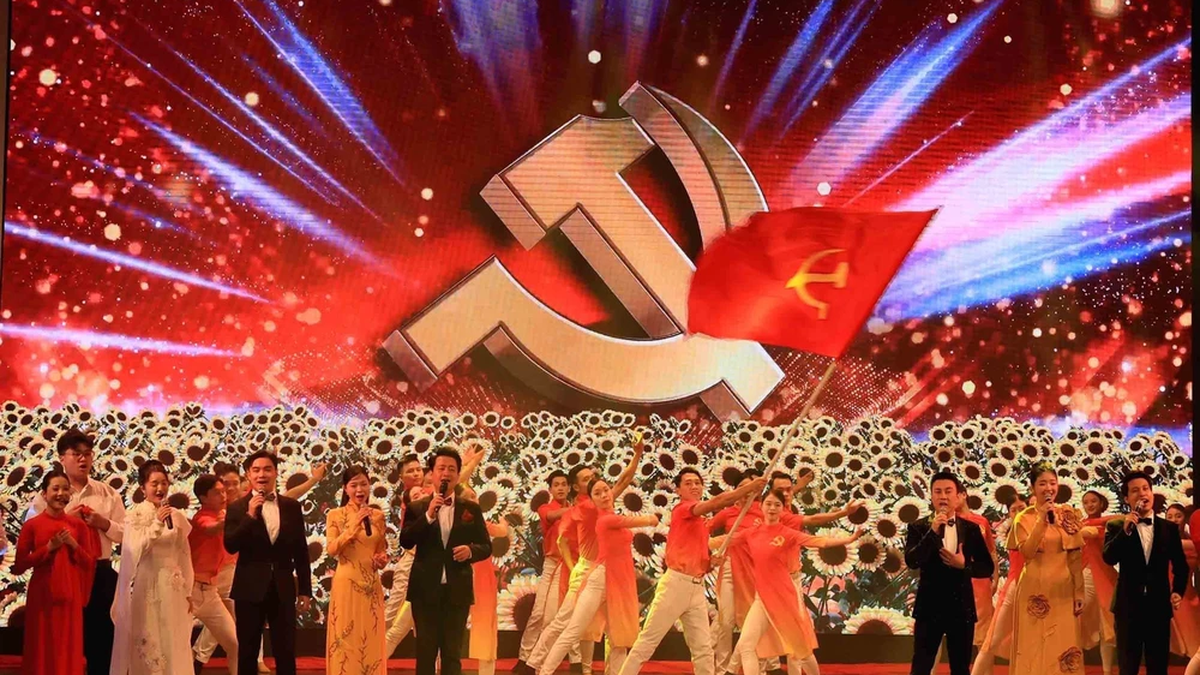
![[Photo] Cuban artists bring "party" of classic excerpts from world ballet to Vietnam](https://vphoto.vietnam.vn/thumb/1200x675/vietnam/resource/IMAGE/2025/6/26/797945d5d20b4693bc3f245e69b6142c)
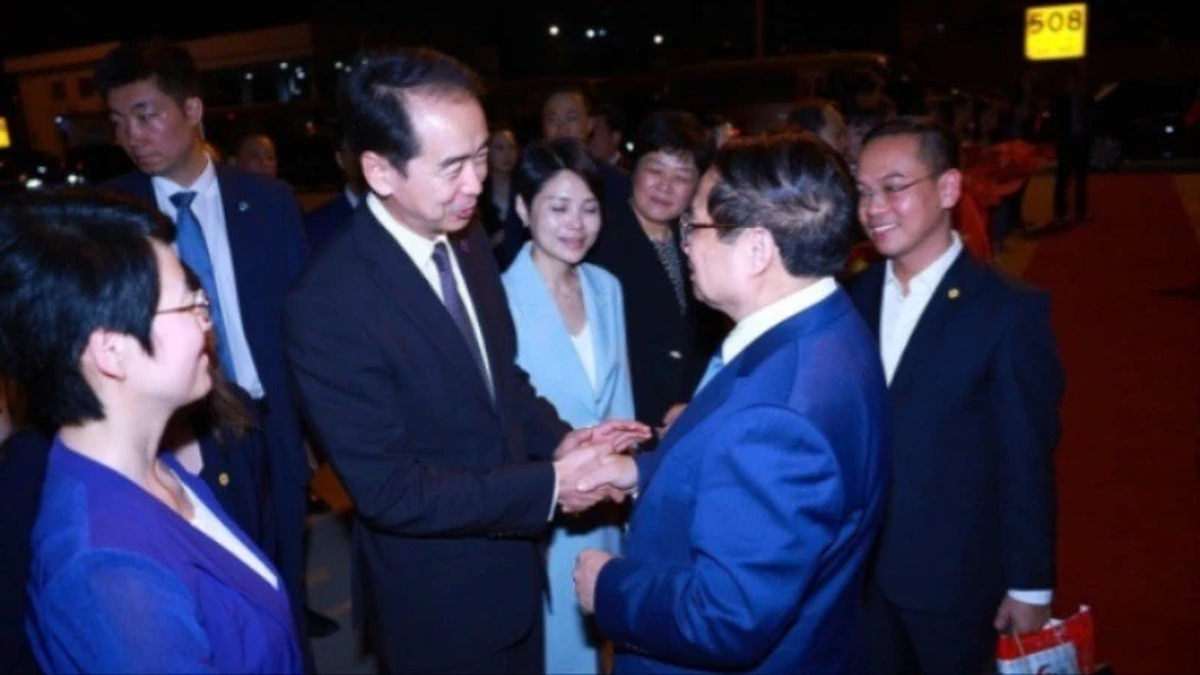
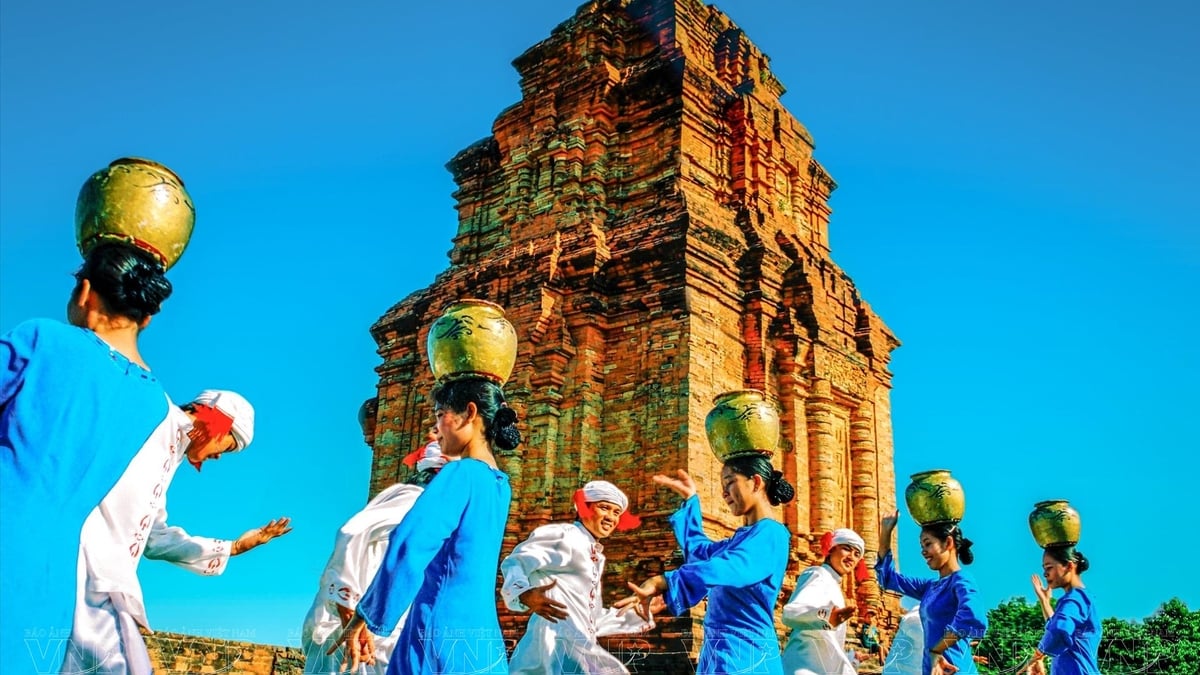
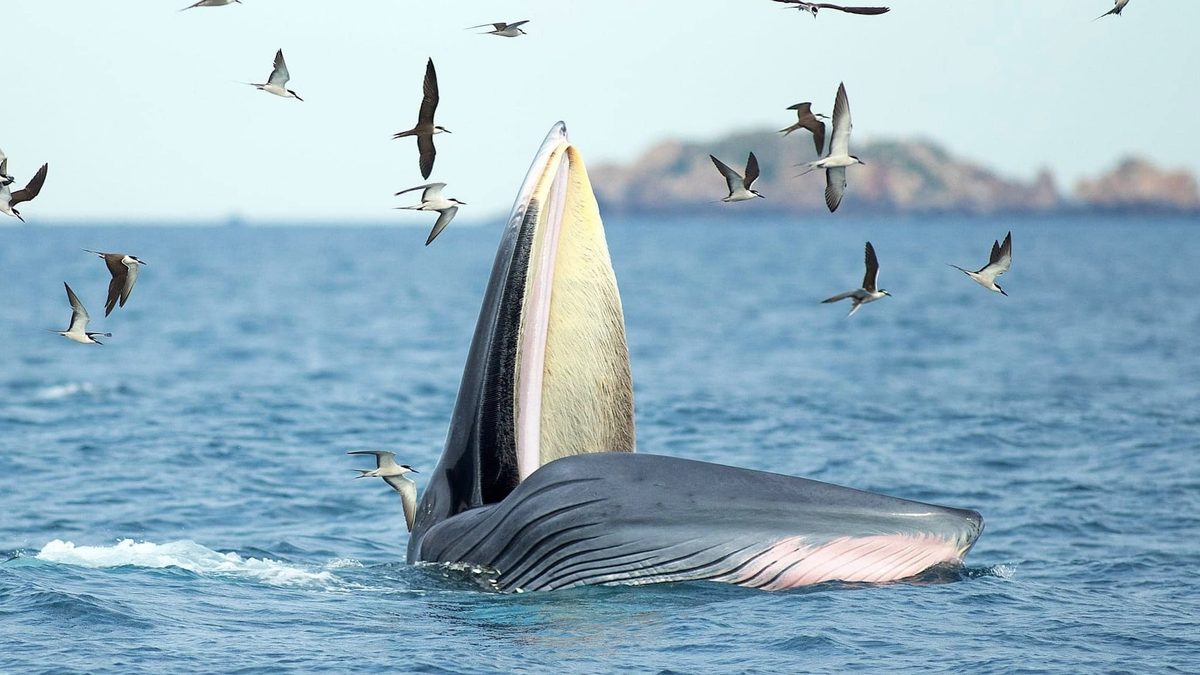
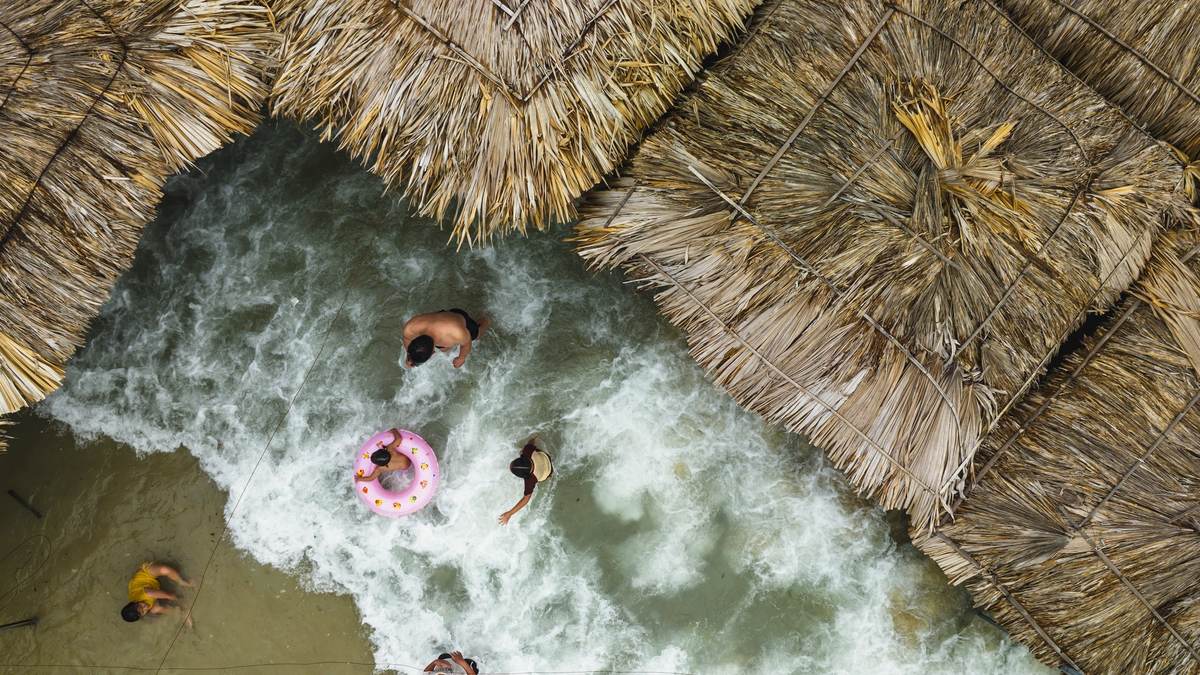


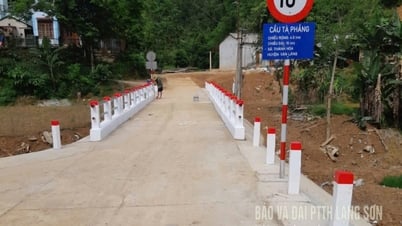
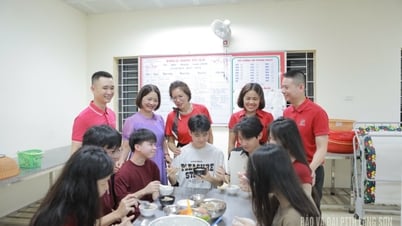
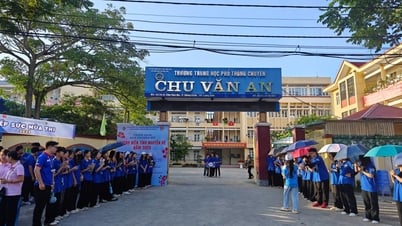

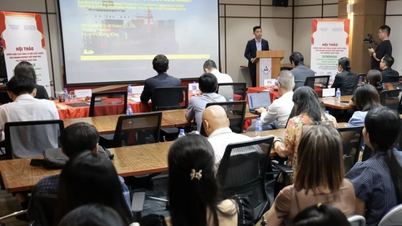




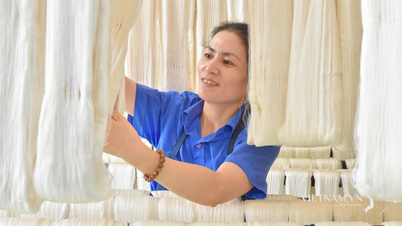
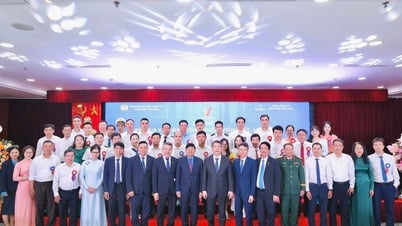
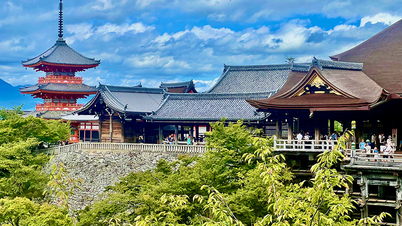
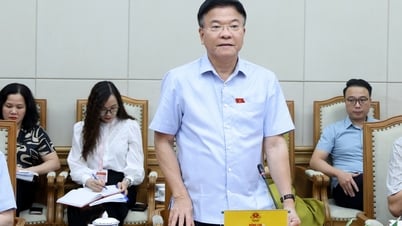

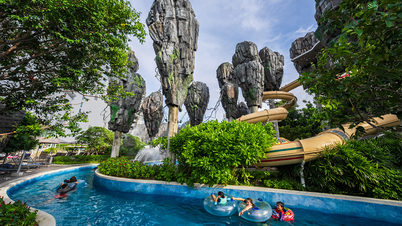

![[Photo] General Secretary To Lam receives Australian Ambassador to Vietnam Gillian Bird](https://vphoto.vietnam.vn/thumb/1200x675/vietnam/resource/IMAGE/2025/6/26/ce86495a92b4465181604bfb79f257de)


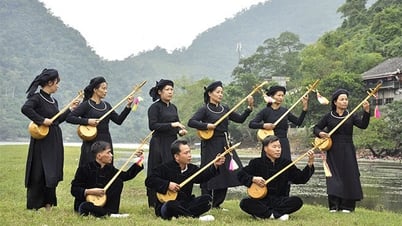



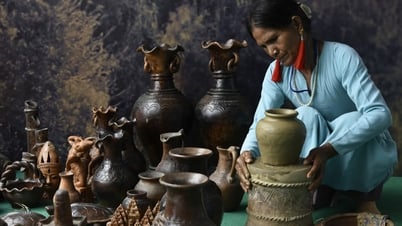


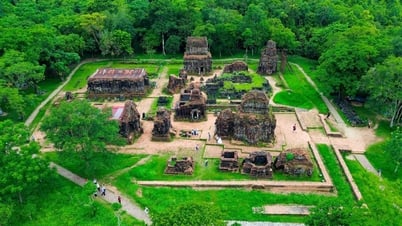
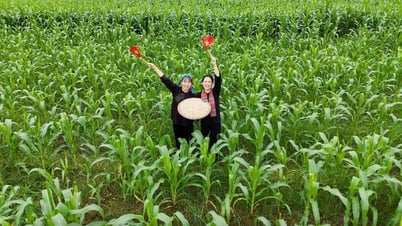

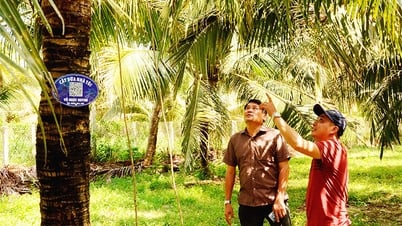

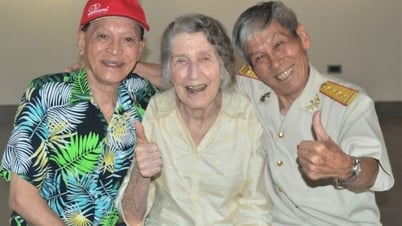

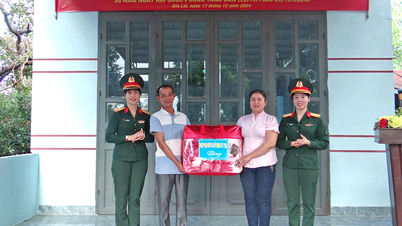



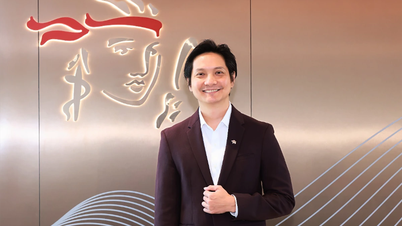



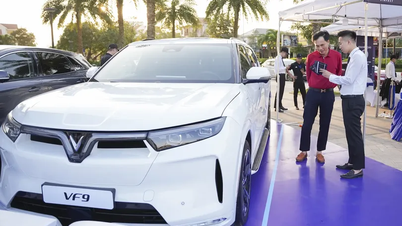

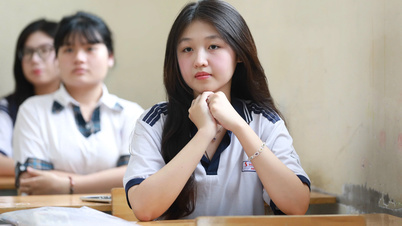

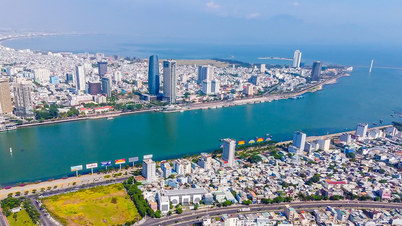

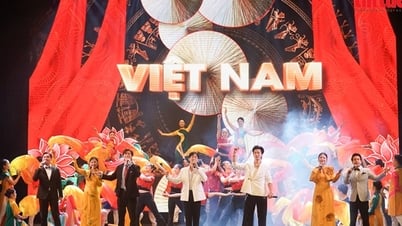
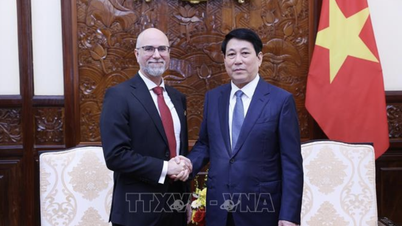
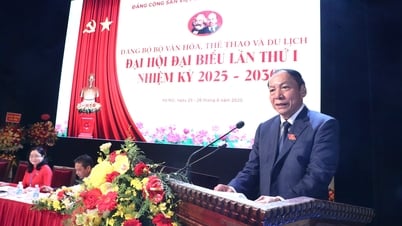

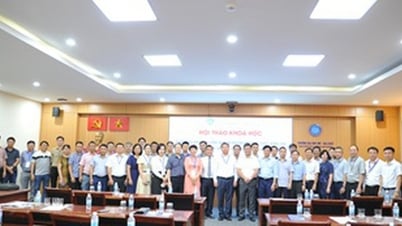

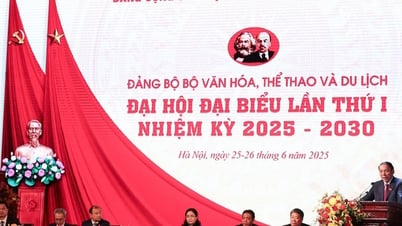



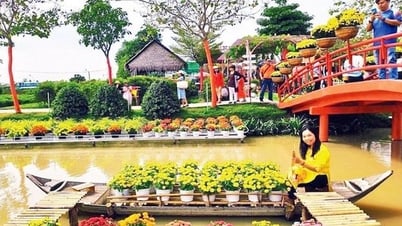


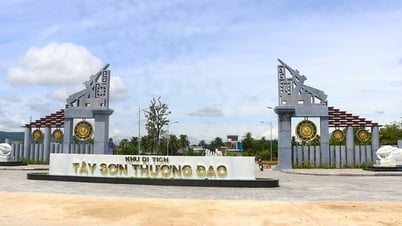


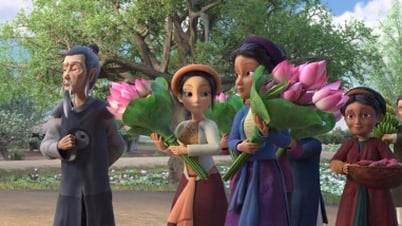

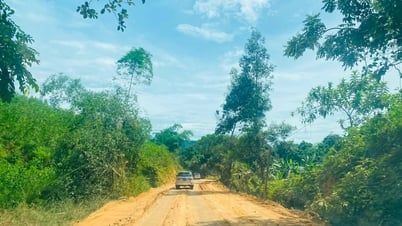

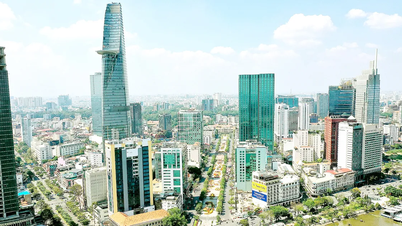

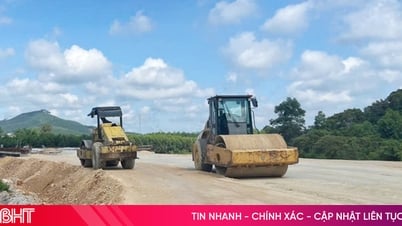













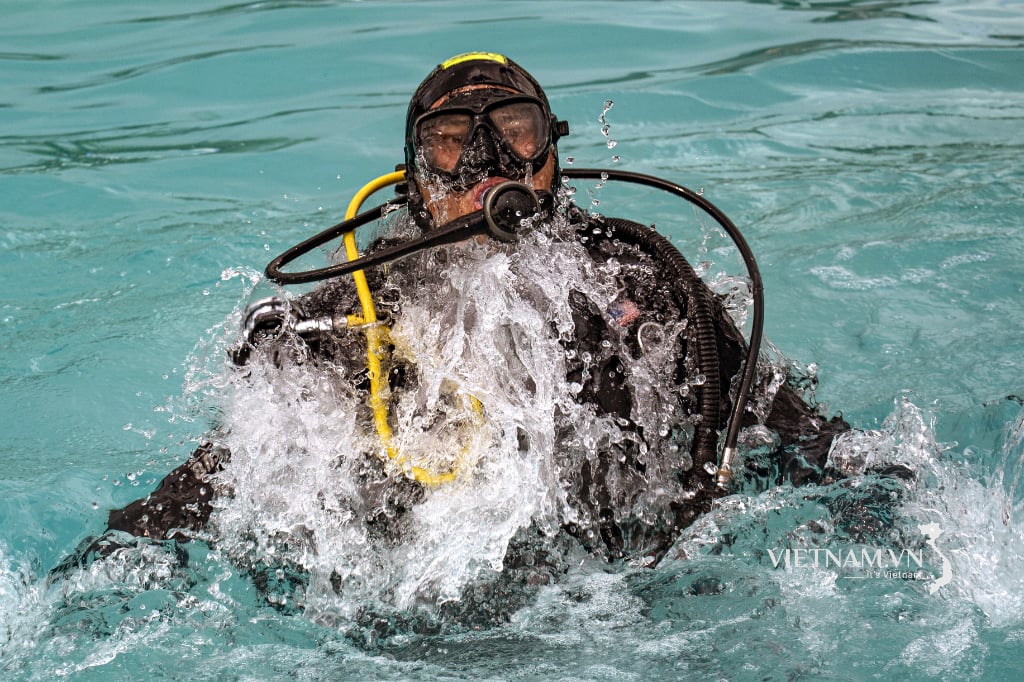

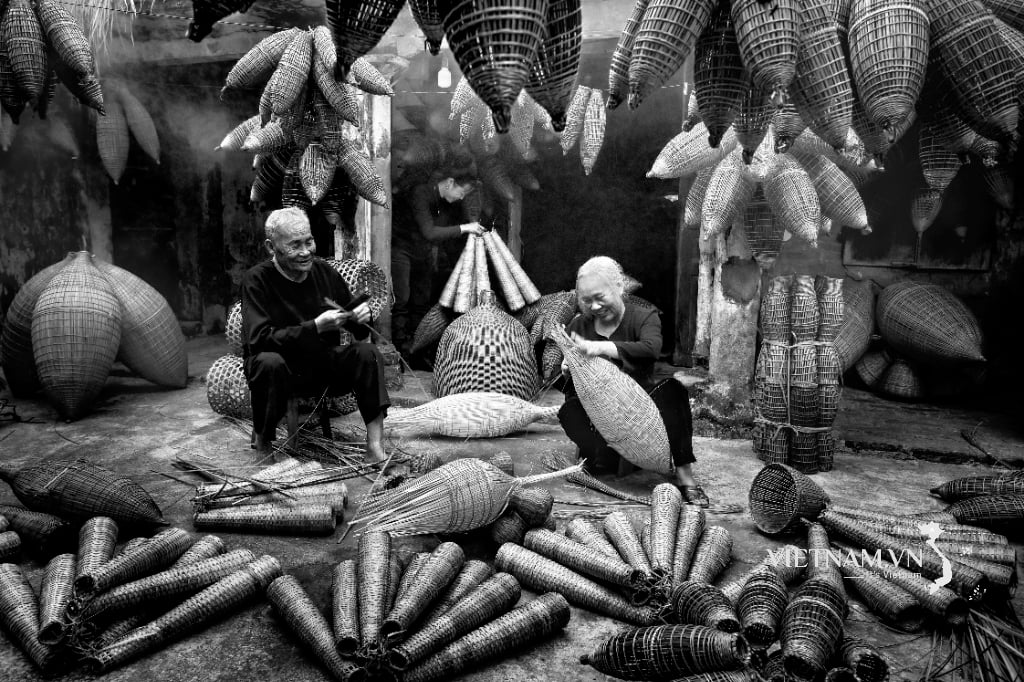

Comment (0)